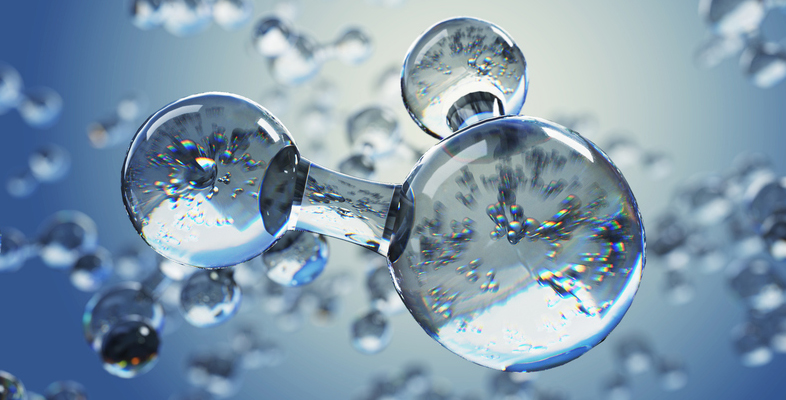1.9 Exciting electrons
It is important to point out the electronic configurations you’ve looked at so far correspond to the lowest energy state of the atom (what’s known as the ground state).
However it is possible to input energy into atoms, (and indeed molecules) and raise electrons to higher energy orbitals (in which case the atom is in an excited state) This is the basis of the area of chemistry known as spectroscopy, which in its many forms is used to probe the structure of substances and analyse the composition of materials (e.g. measuring the concentration of the metals in drinking water).
Under the right circumstances all atoms will absorb and emit energy, and when that energy falls within the spectrum of visible light then colours are observed.
This is demonstrated in the following clip.
Transcript: Video: Flame colours of metals.
What is the origin of the colours when solutions of metal ions in alcohol were sprayed into the flame of a gas burner?
Answer
The heat of the flame excites electrons in the metal ions to higher energy levels, when they drop back down light having wavelengths characteristic of the specific metal ion is emitted.
